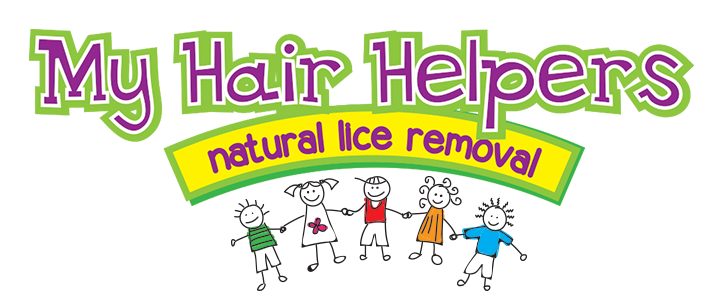Not sure if you or your child has head lice or something else? It’s possible that what you’re seeing is not actually a lice infestation. It’s important to make a proper diagnosis because you don’t want to treat head lice if you don’t have it. The overuse of head lice treatment products is partly responsible for the rise in super lice.
Your best bet is to have you or your child looked at by a professional head lice expert. This way, you’ll know if you’re dealing with a head lice infestation, and you can receive immediate treatment. If you or your child does turn up positive for lice, we recommend having everyone in the family checked.
In the meantime, here are five things that are sometimes confused with head lice.
Dandruff
Dandruff is a chronic skin condition that causes the top layer of the scalp to shed too quickly. This produces a dry, flaky scalp that can feel itchy. Unlike head lice that are sticky and difficult to see, dandruff flakes fall off easily. In fact, people often notice the flakes on their clothes. Itchiness is a common symptom of dandruff, but it’s usually easy to tell it apart from lice upon close inspection.
Other bugs
Head lice aren’t the only parasites that enjoy living in your hair. There are actually a number of insects that can live on your body. These include fleas, ticks, arachnids and bedbugs. A head lice infestation can have a dozen or more lice, so this is your first indication. If you have a single bug in your hair, it’s probably something else. Also, keep in mind that lice can’t fly or jump. They can only crawl.
Residue from hair products
Some hair styling products produce build up that can be confused for lice. People who have oily scalps are more prone to this buildup, which can lead to itchiness, dandruff and irritation. To tell if styling residue is to blame, run a comb through the clumps. Head lice stick firmly to the hair shaft while styling products do not.
Dead or empty nits
If your child already had a head lice infestation, what you are seeing may be dead or empty nits. The best way to tell if the nits are dead is during your comb out. Viable lice will run and hide, securing themselves to the hair shaft. Dead or non-viable lice are typically found away from the base of the hair shaft.
Skin condition
Skin conditions like psoriasis or seborrhea are sometimes confused with head lice. These skin conditions can cause a red, itchy rash and white scales. If your child is complaining about an itchy scalp and you notice that it’s red and inflamed, it’s possible that an underlying skin condition is the cause. Treating the condition will ease symptoms, so schedule an appointment with a healthcare professional.
If your child complains of an itchy head, head lice might be the first thing that comes to mind. But, it’s possible that something else is be to blame for the redness, irritation, itching and flaky skin. For a firm diagnosis, contact My Hair Helpers for an in-salon or in-home visit. We’ll get to the bottom of things and have your child feeling better in no time! You can also pick up our non-toxic, silicone-based head lice treatment solutions on Amazon.com.


